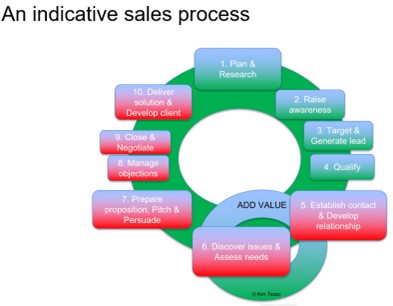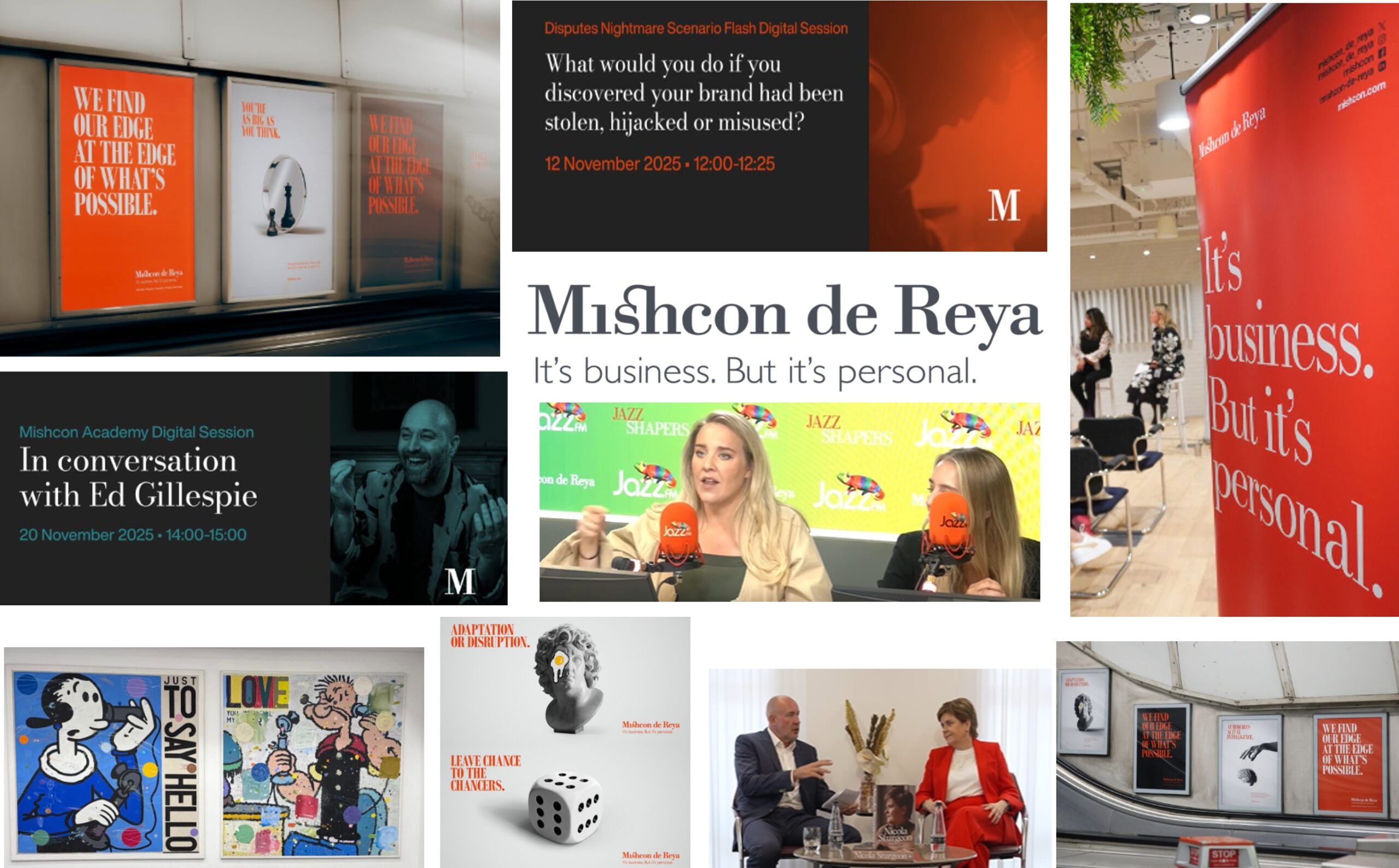
I was delighted when the Chartered Institute of Taxation (CIoT) Harrow and North London Branch invited me back to present an evening session earlier this month. I had previously presented on “Social media for tax advisers” in 2013 . On this occasion my talk was on “Helping tax advisers sell their services – Be more detective”. The session covered the relationship between marketing and selling, sales processes, selling skills and selling situations.
What are we selling?
Clients often take expertise for granted when speaking to potential tax advisers. Many small business owners are not qualified accountants and are therefore unable to assess the extent of the expertise of their tax advisers.
When purchasing tax advice they will therefore be looking for a personal connection, pragmatic solutions and relevant experience of their type of business or problem. When choosing a tax adviser many clients will consider emotional things – like the personality and communications skills of the tax adviser and the degree of risk and reassurance – rather than rational factors.
Understanding the value and benefits we bring to clients is important. We need to adopt a client-centric view in order to create and communicate a persuasive and differentiating value proposition (see also this book on value propositions).
We considered the major shift in perspective and behaviour that was required for a tax adviser to change from their usual mode of technical specialist to the relationship manager style required for effective selling.
So what is selling?
There remains confusion about the difference between marketing and selling.
Theodore Levitt said “Selling focuses on the needs of the seller, marketing on the needs of the buyer. Selling is preoccupied with the seller’s need to convert his or her product into cash, marketing with the idea of satisfying the needs of the customer by means of the product and cluster of things associated with creating, delivering and finally consuming it”.
Peter Drucker was more concise: “The aim of marketing is to make selling superfluous”.
There was a discussion about how to integrate marketing (during the awareness, attraction and consideration phases) with selling (during the conversion and development phases).
We also considered the special nature of business-to-business (B2B) selling which might involve a number of people in the client organisation’s decision-making unit and may take multiple interactions over a period of time. We considered research showing an average of nine contacts over nine months to convert a commercial client and the incredible power of face-to-face interaction.
Sales processes
Many firms do not have an understanding of their sales process – and how this might vary depending on whether you are targeting a new client, responding to an enquiry or pursuing a recommendation or referral. Without clarity on the sales process, it is difficult to measure the effectiveness of your selling and the length of your sales cycle. We looked at sales funnels and opportunity pipelines.
Then we adopted the client perspective to consider the buying process and the different buying situations and motivations that are experienced by clients. The differences between repeat purchases of routine tax advice compared to one-off purchases of strategically important tax advice were considered.
I then offered three different sales process models that could be adopted to bring structure to the sales process thus helping tax advisers sell their services. After considering consultative and solutions selling models we looked at insight selling – with a focus on the importance of the rapport, insight and challenge created by the seller.
We considered targeting techniques and qualification of leads briefly which led back to the need to integrate marketing campaigns and approaches with sales conversations.
One of the main points discussed was to see selling as a research and learning activity – the aim being to develop enough rapport and trust so that the seller can ask questions and learn more about the client, their needs, their preferences, their challenges and their organisation. We can then reframe selling to “be more detective” to stress the importance of enquiry over projection.
Selling skills
A wide range of selling skills needed was considered including:
• building rapport and trust
• questioning skills to uncover goals and problems
• active listening
• challenging
• storytelling
• educating
• facilitating
• opportunity management
• influencing and persuading
• negotiating and
• gaining commitment.
We also talked about the vital importance of empathy and emotional intelligence. There were some general points about adopting the client’s point of view and information about how to assess emotional intelligence (EQ)
Communication skills covers a broad range of topics. We touched on:
• non-verbal communication (NVC)
• personalities
• storytelling
• writing skills and
• presenting when pitching
There was a brief discussion about features and benefits, objection handling and closing techniques.
Common selling situations
Selling takes place in a variety of situations.
We considered converting telephone enquiries as well as building client relationships on the telephone.
There was a discussion about how best to design emails to attract attention and generate web traffic, on-line interaction and real time enquiries.
We also talked about how to prepare for, participate in and follow up from networking events . We also touched on the value in social media as part of the networking process.
And we explored what might happen at initial sales meetings.
Questions and challenges
At the end of the session, there were questions about pricing and price communications. Many of the points discussed are covered in this post about price communications.
I mentioned my book about building better business relationships and also one of my earliest books on selling skills for the professions.








